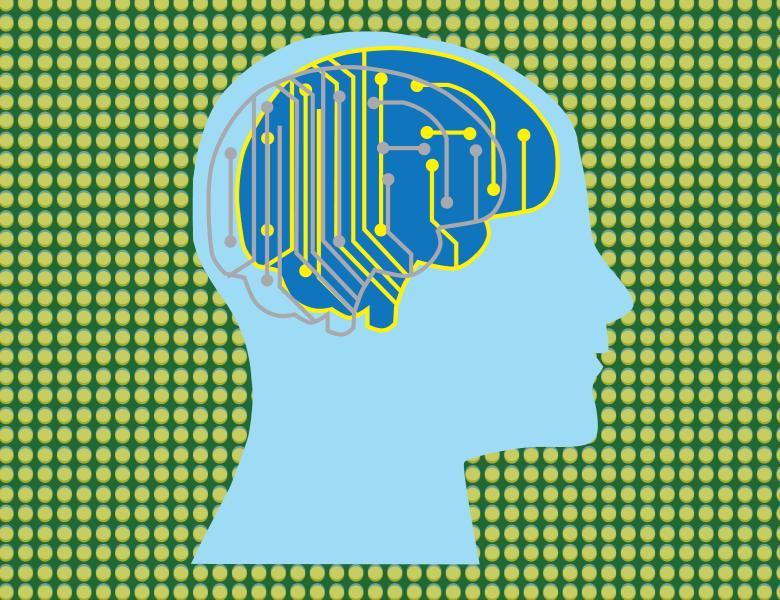
Abstract
Episodic memory is defined as memory for events occurring at a specific time and place. Neurophysiological recordings from brain regions in behaving rodents demonstrate neuronal response properties that may code space and time for episodic memory. This includes the coding in entorhinal cortex and hippocampus of spatial location by place cells (O'Keefe and Burgess, 1996) and grid cells (Hafting et al., 2005; Stensola et al., 2012). This talk will focus on data on the coding of temporal intervals by time cells (Kraus et al., 2013; 2015) of running speed by speed cells (Kropff et al., 2015; Hinman et al., 2016) and of environmental barriers by allocentric boundary cells (Solstad et al., 2008; Lever et al., 2009) as well as egocentric boundary cells (Hinman et al., 2017). Experimental data and computational modeling have explored potential cortical and subcortical mechanisms for the neural coding of time and space. Inactivation of input from the medial septum impairs the responses of neurons coding space (Brandon et al., 2011) and time (Wang et al., 2014) indicating subcortical contributions, but grid cells and boundary cells alter their coding in response to sensory input about environmental barriers conveyed by cortical inputs.


